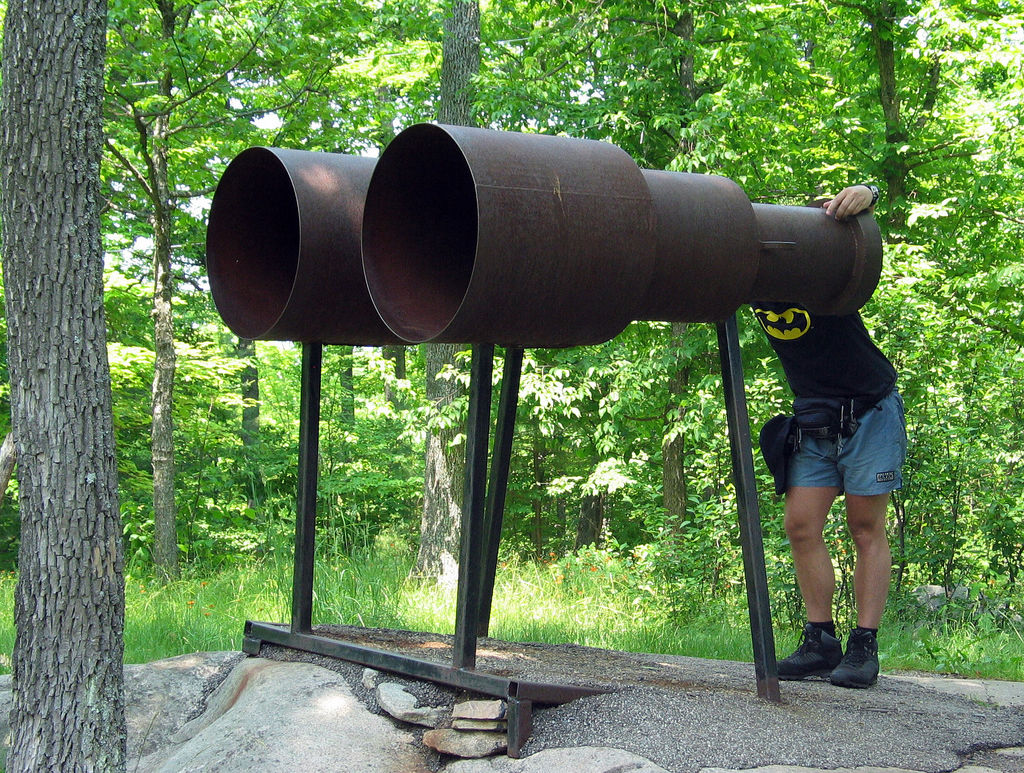NEWS
5 reasons why Pace of Play is an asset
Five reasons why Pace of Play is an asset
Pace of Play is a favourite bar-counter topic with golfers around the globe. Frustration levels tend to quickly escalate during slow play, and suggested solutions – when any are offered – are often trial and error with intangible results.
In such instances, the status quo around pace may seem beyond repair. Golfers are conditioned to settle for unmeasurable tactics, and the customer experience often deteriorates at such pace-maligned courses.
What if courses started treating the Pace as an asset, rather than a problem? A disruption in perspective that yields material opportunity!
1. Pace is a major Experience factor
It’s all about the Experience Edge. According to a recent USGA survey, 60% of golfers say they would enjoy golf more if it was played in less time. That does not mean the other 40% will be overjoyed with delays and accept a poor experience. There are many important influencers to what is considered a positive golfing experience. ‘Pace of Play’ however is arguably the element that, when negative, quickly overshadows all other aspects. Better pace equals happier players.
2. A reliable Round-Time makes for an Attractive product
A course with a strong pace reputation, one that can consistently market an attractive round time, has a competitive advantage.
According to a National Golf Foundation survey, Pace of Play is the third-ranked reason for players “choosing one course over another”. If a player has an option between a course where the rounds often go way over goal time (+ five hours ) and one that offers a reliable say 4:20 – the choice is clear.
3. Managing the Pace CAN be done cost efficiently
If Technology is utilized effectively. Marshals, rangers and player-assistants are often cumbersome. Educated guesswork and labour-intensive manual systems are common, with the latter resulting in unnecessary extensive mileage clocked up on the course. But the expense extends to management levels – staff management and time spent dealing with complaints or ‘comping’ players comes at a cost. Surely an obvious gap for technology to help do this many times better at a lower cost?
4.Reliable, Shorter Play-Time increases Food / Beverage and Pro-Shop Spend
Let’s assume a group plays 5.20 hrs on a 4.30hrs geared course, having to wait a number of times and perhaps even including negative interactions with player assistants. The outcome is pretty obvious.
They will leave right after their round and not have a meal or check in on the pro shop specials. Their experience was poor. Their time was not valued – their time budget was spent. This means losses in revenue opportunity. A round finished in or below goal-time on the other hand goes hand in hand with time and money spent at the club.
5. Add Bottom Line revenue via your Busy days

A golf dream is a well-managed field that is accurately and reliably controlled with the help of data and technology. Without needing to chase anyone around the course!
Experience is King Customer’s Crown, and he or she will treasure it. Now we have the opportunity to add a tee-off time which is straight bottom-line revenue.
Let’s assume a course with only two busy days a week in an eight-month season adds an EXTRA tee-off time. Even if that extra capacity only gets utilised at 75% (ie. 3 out of 4 get filled), on a $90 green-fee, that course makes an additional USD 17 000 a season.
This is highly profitable, because the base-cost is the same. Much like flying a plane at 85% vs 90% capacity, the extra 5% is straight profit because the cost of flying the plane doesn’t change.
This is a very conservative calculation. Increase any of the variables; season lengths, number of busy days, capacity utilisation or round fees, and the amount increases very quickly.
Erin Hills, the 2017 US Open hosts, has confirmed they added a tee off time with a net benefit of USD120 000 per season, using Tagmarshal’s Pace of Play Management system.
ABOUT TAGMARSHAL
Tagmarshal, the market leader in on-course optimization technology, provides courses with full, real-time operational oversight and reporting, giving golf operators the tools to manage pace and flow of play effectively, resulting in enhanced player experiences, increased efficiency through automation, and additional revenue generation.
Tagmarshal’s technology has collected over 100 billion data points from more than 95 million tracked and improved rounds of golf and has relationships with in excess of 900 partners, including Hazeltine, Whistling Straits, Baltusrol, Fieldstone, Bandon Dunes, The Old Course at St Andrews Links, Serenoa and Erin Hills.
Tagmarshal partners with several golf management groups, private, daily fee, public and resort courses, including 50 of the Top 100 courses, as well as many $40-$60 green fee courses, which are seeing excellent results using the system.




 WATCH DEMO
WATCH DEMO